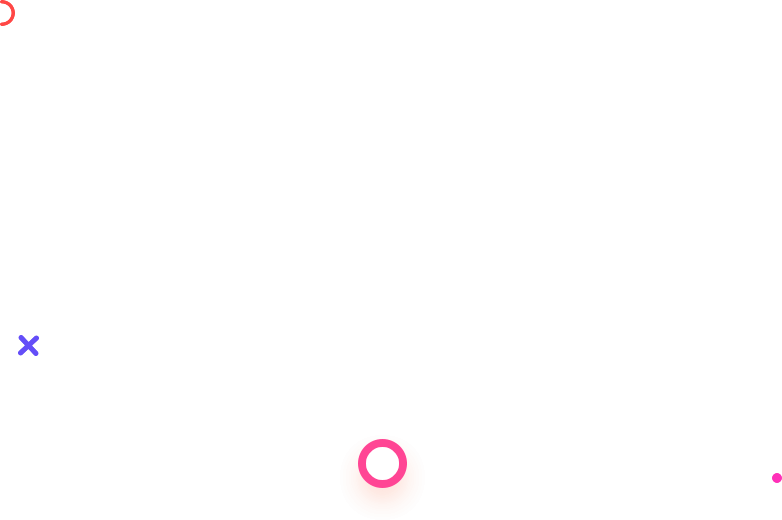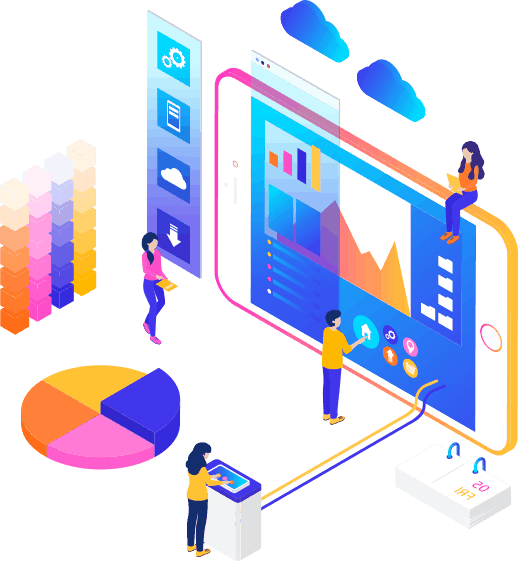The Independent Web aims to distribute power and control by using decentralized technologies and protocols. This approach reduces the influence of a few dominant entities and allows individuals to have more autonomy over their online presence.
One of the main focuses of the Independent Web is to prioritize user privacy and data ownership. It advocates for individuals to have full control over their personal information and decide how it is collected, used, and shared.
It is a term coined by John Battelle in 2010. It relates to people losing their data control and privacy as well as decision-making power for search engines and social media. Battelle addressed that when we are using Google or Facebook or any social media platform, the algorithm locks us in, diverting our actions in a formalized manner. The content that serves us provides us with choices that are modeled on the understanding of our identity.
The Independent Web promotes the use of open standards and protocols to ensure compatibility and interoperability across different platforms and services. This helps prevent vendor lock-in and encourages innovation by allowing diverse systems to work together seamlessly.
When you use the internet and you are easily able to control things, make mistakes, open up some unusual sites, not be dependent on the pace of the algorithm and discover new territories, it is the process of using the Independent web. Simply put, it is web surfing where your activity or data is not tracked.
Now this phenomenon is very important if you are working as a Web Designer or on a Web Design.
Nowadays, the dependent web is dominating the web and taking up our data and history to provide us with suggestions that we don’t want to see. It is driving us to shop, click, read and even create leads.
Various social media platforms get fueled by advertisers, clicks, profiles and time spent on the platforms. They are not just selling user data, but are making us far away from the independent web. They are, in a way, selling their users. They are also using the digital manipulation technique to change the behavior of the user and force them to behave how they want to. Yes, it might be difficult to urge a hacker or an IT professional into action, but the majority of people who just know the basic social media functions will surely fall for it.
It’s worth noting that the Independent Web is an evolving concept, and various initiatives and technologies contribute to its development. Examples include decentralized social networks, peer-to-peer file sharing, blockchain-based systems, and federated protocols like ActivityPub.
Open-source software plays a significant role in the Independent Web movement. It enables transparency, collaboration, and community-driven development, which align with the principles of decentralization and user empowerment. Furthermore, social media have also become the place for branding and marketing. Various genuine businesses are losing their ethical branding strategies due to such online oversaturated platforms.
Overall, the Independent Web strives to create a more democratic and user-centric internet where individuals have greater control over their digital lives and the ability to participate in a more inclusive and diverse online ecosystem.





